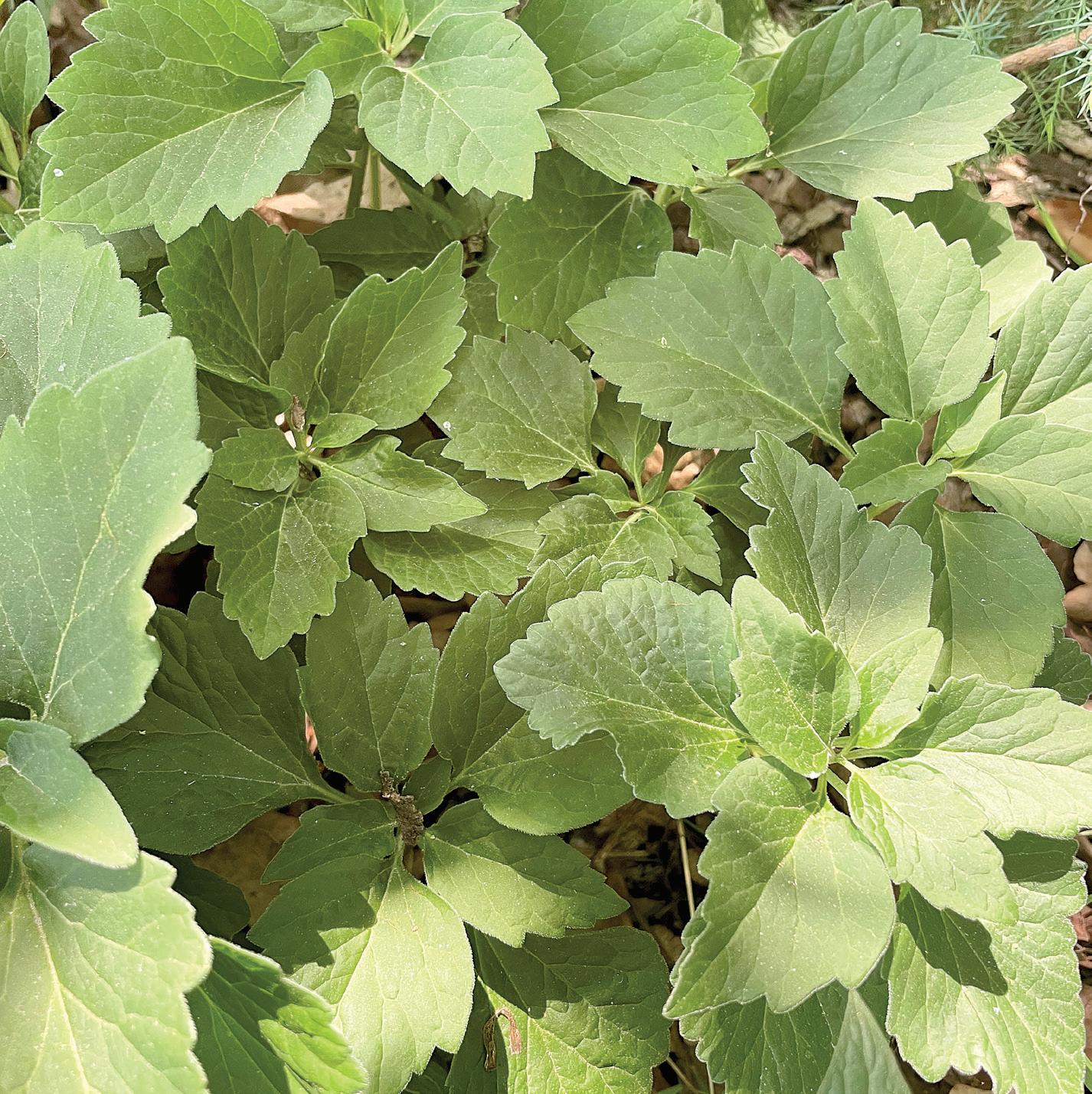
4 minute read
Ground covers for your garden THE ENVIRONMENTAL GARDENER
Greg Levine, co-executive director of Trees Atlanta, describes himself as happiest when his hands are in the dirt.
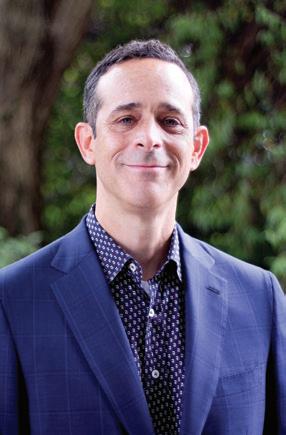
In the American Dust Bowl of the 1930’s, we learned the perils associated with soil left bare of vegetation. It’s not a good for the environment, and it really isn’t good for your garden, either.
Bare ground can easily be eroded and does not retain moisture for the living plants that we all love. It can become compacted and nearly impervious, causing rainwater to run off quickly and flood streets, sewers, creeks and homes.
Planting groundcovers helps aerate the soil, adds organic material, and helps stormwater infiltrate and replenish our groundwater, creating a healthier ecosystem for humans, plants, and animals.
In our gardens, we have so many possible ground covers that it can often be overwhelming. Including them in a master plan for your home landscape is a good start. Remember, plans are guides and sometimes changes are OK or an improvement as our gardens grow. Ground covers may need to change over time. When thinking about ground covers, consider that there are as three major types: living plants, organic materials, and inorganic materials.
Some materials are inappropriate from an ecological point of view. Plastic mulches, netting, weed prevention fabrics and artificial turf have limited environmental benefits and may be harmful and should be considered a last choice. While there is some usefulness of such products for saving time on mowing, mulch replenishing and weed reduction, their use is bad for the environment and should be avoided. Plastics and microfibers are polluting our planet both physically and chemically. Plastic turf also heats up–as opposed to cooling down–the environment, has no wildlife benefits, and has less water permeability.
Living plants as ground covers are my first choice in the garden, and there are so many beautiful choices for gardeners. Native plants are the best solution as they provide the best habitat for our native pollinators and other animals.
Native pachysandra (Pachysandra procumbens) has been mentioned in the past because few plants are more beautiful. It holds up pretty well in mild winters as an evergreen and takes the deepest shade. You can’t walk on it, but there are few native plants that can compete with its ability to create a low growing mass.
Native sedges are really gaining popularity for their toughness. Of the dozens native to the region, Cherokee Sedge (Carex cherokeensis) is an excellent evergreen groundcover that can take sun or shade, high water or low. Non-native ground covers can be a bit aggressive for some, but a handful are manageable, including Mondo Grass (Ophiopogon japonicus) and Dwarf Mondo Grass (Ophiopogon japonicus ‘Nana’). I have seen it used in partial sun to full shade.
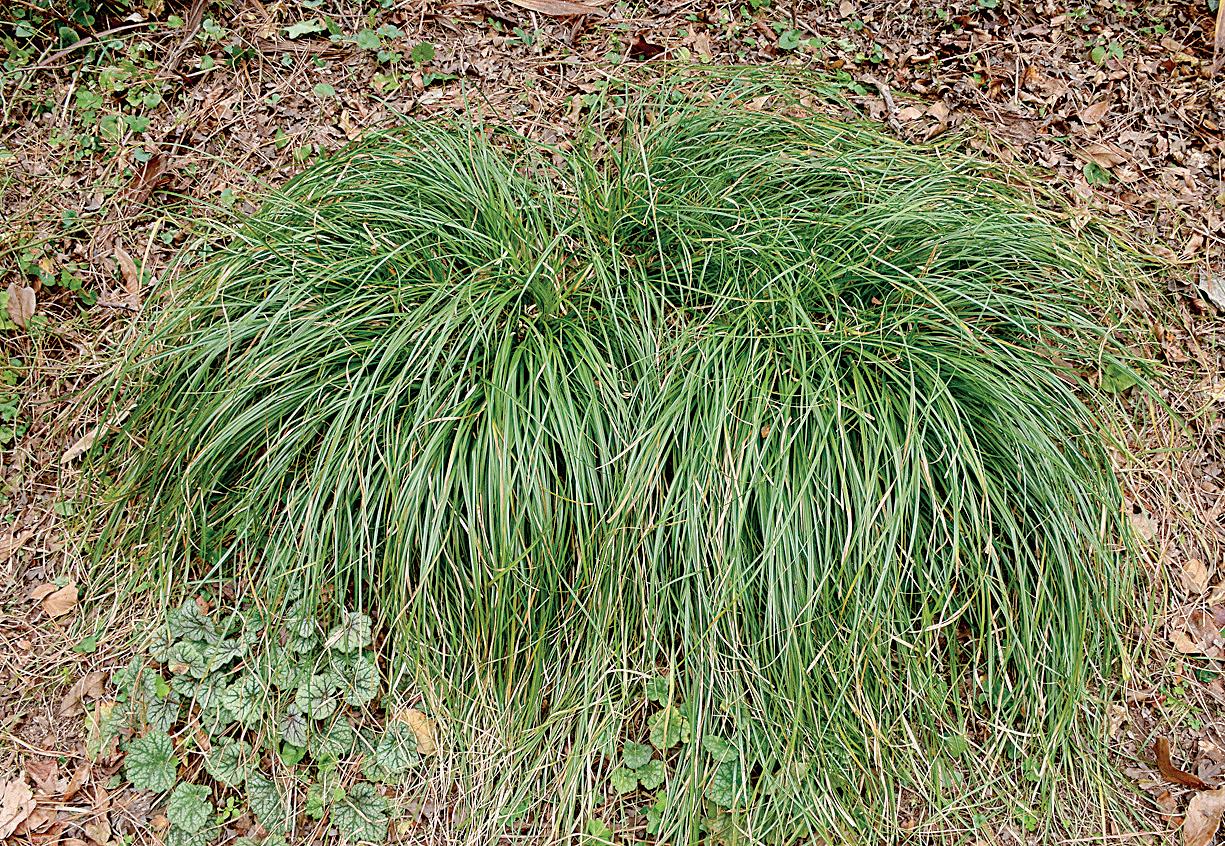
It is quite attractive, and the dwarf version looks more like turf that you never have to mow and it reseeds much less than the former.
Low-growing meadows are best for full sun areas. A sharp mowed edge helps tidy up the appearance for most people. Taller native grasses like muhly grass and switch grass cultivars are also great for full sun and a more uniform appearance.
Turf Grass – This is a typical most obvious choice for human and canine recreation because as it can take foot traffic and mild compaction without detriment to the plant, but certain types require ample amounts of water, which limits the use in areas of low rainfall.
Fescue grass is best for light shade. Many in Atlanta are becoming rather fond of the carpet -like appearance of Zoysia for full sun, but Bermuda may be the best choice as it has higher drought tolerance. For small properties, like my quarter-acre lot installing Bermuda may be more of a problem than solution, as it gets in flower beds causing havoc visually and aggressively competes with perennials.
Attractive organic ground cover materials for weed prevention, water retention, and playground surfaces include hardwood mulch, pine straw, or bark. It is best to stay away from colored mulches as they are adding chemicals to your yard. Cypress mulch performs well, but it’s created by destroying important flood control and habitat, cypress swamps, for the sole purpose of creating mulch for gardens.
Most local tree companies will give you free wood chips or have a small fee for dropping it off, which keeps this resource from going to the dump. Try layering newspaper or cardboard then mulch on top of it to kill weeds naturally, this is called “sheet mulching.” Weed cloth eventually breaks down or tears and creates plastic waste that gardeners prefer to avoid and makes digging and planting extremely challenging. This leaves inorganic materials and hardscapes as a final groundcover solution. impervious surface allowed, so make sure you are getting the appropriate permitting and avoid costly design mistakes.
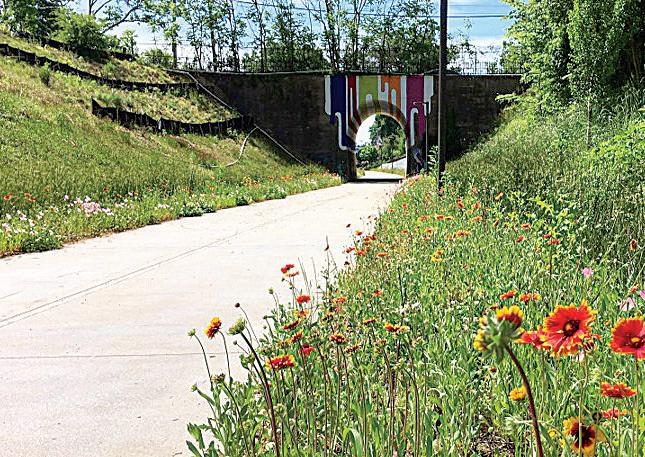
Good design goes a long way.
In your planning, understand what you are trying to accomplish with your hardscape, such as creating seating, grilling, and eating areas. Most hardscapes are impervious, preventing water from absorbing into your soil, and contributing to flooding issues in Atlanta.
There are pervious choices as well. such as stone aggregates (slate chips, pea gravel, or granite fines) that provide a walking surface and allow water to infiltrate into the ground. Most cities have a maximum area of
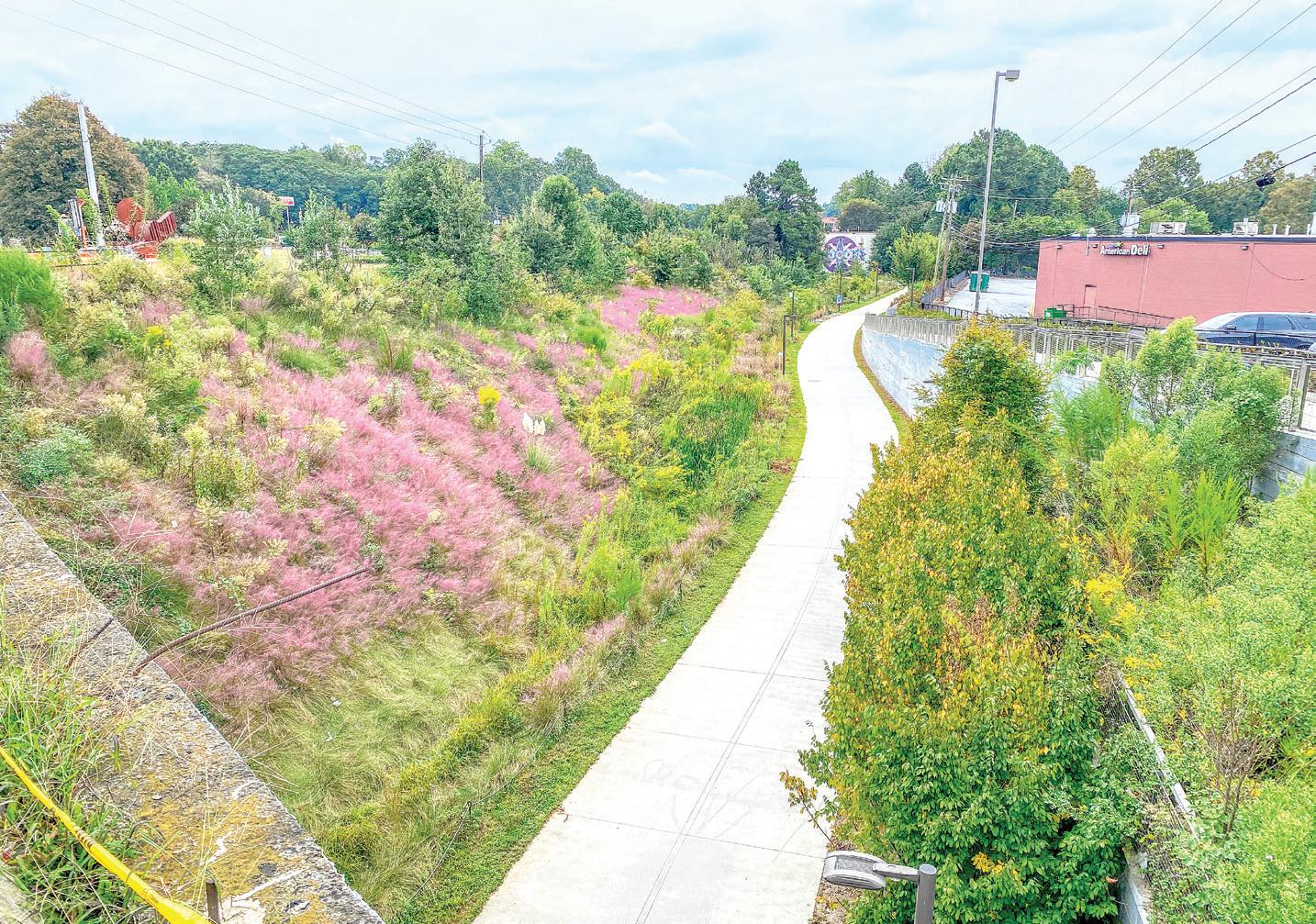
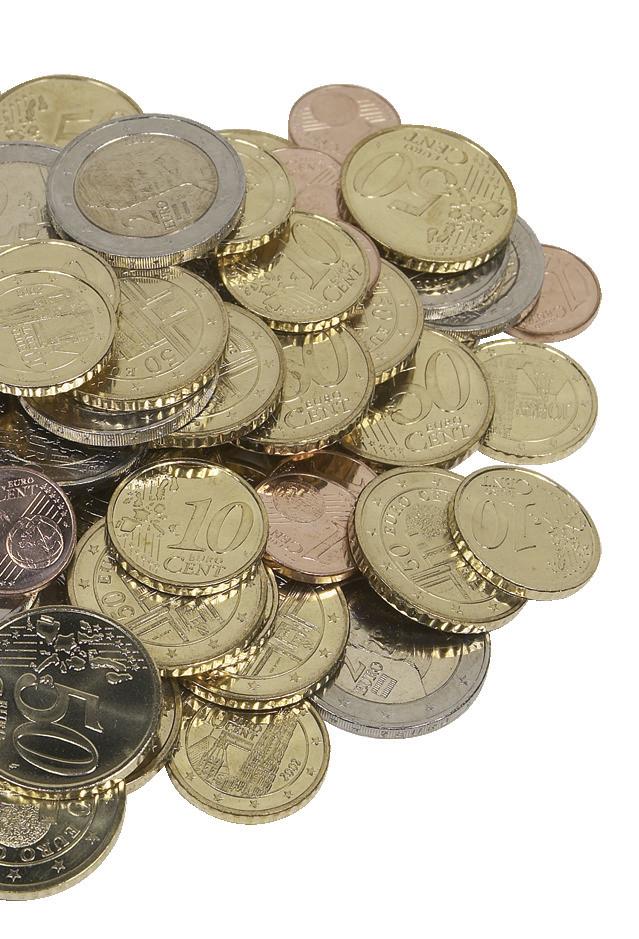
Some materials are inappropriate from an ecological point of view. Plastic mulches, netting, weed prevention fabrics and artificial turf have limited environmental benefits and may actually be harmful and should be considered a last choice. While there is some usefulness of such products for saving time on mowing, mulch replenishing and weed reduction, their use is bad for the environment and should be avoided. Plastics and microfibers are polluting our planet both physically and chemically. Plastic turf also heats up–as opposed to cooling down–the environment, has no wildlife benefits, and has less water permeability.
Groundcovers are an extremely important component in the garden. Making thoughtful choices can contribute to improving the beauty in your garden, enjoyment of all that visit and habitat for all living things.








